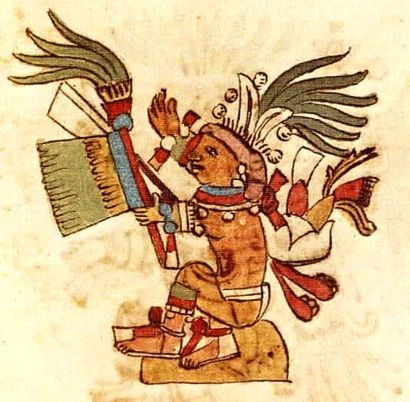
Jennifer Crow
The Corn God’s Daughter
Blessed by rain, crowned with sun
the god’s child lifts green arms
and grows, hair of pale green silk
catching every breath of wind,
stalk straight, the scent of growth
and rich soil her garment. Behold
how sunset settles on the new cobs,
how night creeps gently to her
like a penitent worshiper, belly
low and soft, craving her boon.
She tilts her tufted head toward the sun
and drinks down its strength,
thinking this time the summer
will not end. Heat soaks the land
and her sibling plants rise around her,
handmaidens and acolytes
with their robes of green. She stands
tallest of them all, and casts
a deeper shadow, and in the end
the reapers come all the same.
Days circle like hungry birds,
ready to ravage the fields if the god
shifts his gaze for a moment. His child
stands in for him, root and leaf,
sap and seed a blood sacrifice
to enrich the land. She makes no sound
when the sickle bites deep, and falls
with the grace of a dancer.
an unwed girl will gather her with her kin
and make a dolly of her, bent
and tied. She will hang on the wall
all winter, bits of her sloughing
and falling, the nights dark
the days dim and cold. She watches
and waits, and the unwed girl
grows sick and thin, her pale cheeks
sunken and her belly full of death.
___________________________________________________________
In the past twenty-five years, Jennifer Crow’s speculative poetry has appeared in many print and electronic venues, including Uncanny Magazine, Strange Horizons, Asimov’s Science Fiction and Analog, where two of her poems were finalists for the AnLab reader’s awards this year. Most recently, Jennifer’s poems can be found in Not One of Us and the anthologies What One Wouldn’t Do and Under Her Skin. Readers interested in learning more about her work can catch up with her on Twitter where she posts as @writerjencrow.
Author’s Backstory and Comments: I wanted to explore the idea of the “corn dolly” in fertility rituals around planting and harvest. Traditionally the corn dolly would be constructed from the last sheaf of grain harvested in the autumn of the year, and be saved by a family or community until it was “sacrificed” in the spring to ensure another season of good crops. In this poem, I thought of the corn dolly as an avatar of the harvest god’s child, perhaps not quite living in the sense we’d understand it, but alive and powerful nonetheless. Having grown up on a farm myself, I know how the rituals of the seasons give a sense of pace and purpose to a way of life that’s often precarious and that requires more patience than a 9-5 career.
Editor’s Notes and Image Credit: Centeōtl, the corn god, as depicted in the Codex Rios [wikipedia.org]. Additional reading:
http://www.teachinghistory100.org/objects/about_the_object/maize_god
https://jacquescoulardeau.medium.com/children-of-the-corn-and-maize-god-69ca482c03ef
